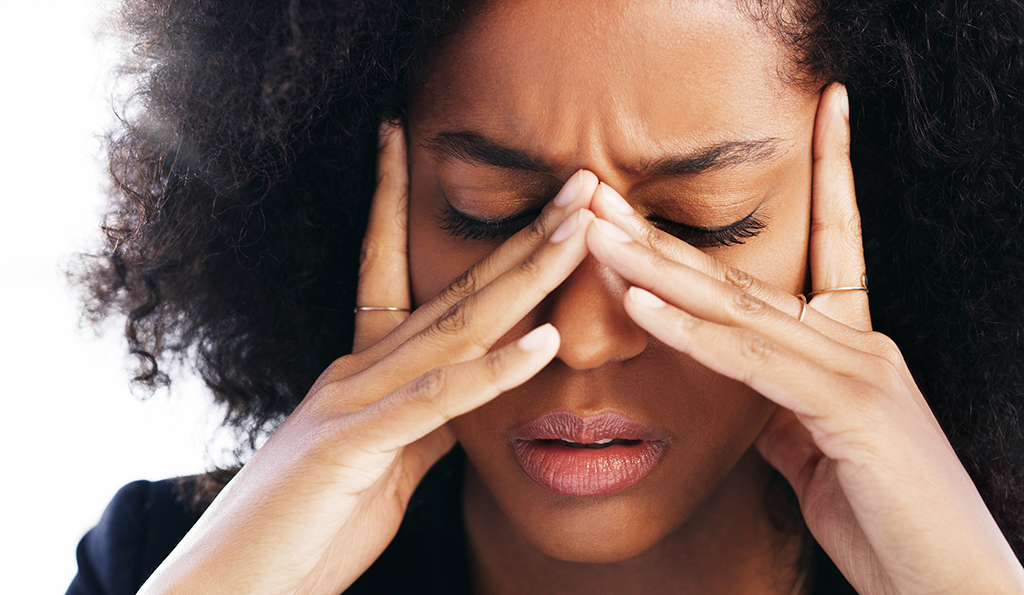
Botox Around The Eyes | Frisco, TX
Photo By Yuri_Arcurs at istock
At NextGen OMS, we provide a number of medical and cosmetic procedures. This includes Botox injections around the eyes. If you want to improve fine lines and wrinkles surrounding your eyes, it’s a good idea to go to a licensed medical professional. Dr. Eftekhari is a board-certified surgeon with expertise in cosmetic procedures, including the administration of botulinum toxin, and he has built a positive reputation with our clients in Frisco, TX. Learn more about the cosmetic and health uses of this FDA-approved treatment option.
Botulinum Toxin Injections
Your medical professional may suggest these injections for some conditions that put your vision at risk. This might include migraines, eyelid twitching, dry eyes or a lazy eye. Before you schedule an appointment for Botox treatment, review the potential side effects below:
- Shortness of breath
- Vision problems
- Irregular heartbeat
- Trouble supporting your head
- Difficulty moving your face muscles
- Fainting
- Seizures
- Rash
- Chest pain
Non-Cosmetic Uses of Botox
Botulinum toxin has many applications outside of cosmetic purposes. This toxin can treat excessive sweating and lazy eyes. When Dr. Eftekhari injects this substance into your muscles, it blocks chemical signals to the brain. This helps keep the skin around the treated muscle smooth.
Although the toxin also causes food poisoning in a different form, the kind used to treat patients is regulated and safe. You can expect to spend 10 to 15 minutes per treatment at our office and return home immediately after the procedure. Most patients report that they feel a pinch when the injection occurs but no long-lasting pain. We use it to treat eye conditions beyond wrinkles and crow’s feet.
Botox for Vision Treatment
There are six muscles that work together to move the eye. This includes side to side and up and down motion as well as a rolling motion. When these muscles work properly, you can see and move your eye well. However, if one muscle dominates another, you can end up with several different conditions such as:
Strabismus or Lazy Eye
This condition comes from unbalanced muscles used to focus your eye. If you have strabismus, it may come from nerve damage or injury. The signals between the eye muscles and your brain get mixed up. Reducing muscle tone in the overdeveloped muscles allows the other muscles to strengthen for normal functionality. This allows your optic nerve to properly process inputs and signal the brain.
Symptoms of lazy eye include eye strain, double vision and reduced depth perception. It often affects one eye more than the other.
Botox injections are not the first approach typically suggested for treating lazy eyes. However, if other methods have not worked, your doctor may recommend this treatment.
Blepharospasm or Eye Twitching
If the muscles around your eye twitches involuntarily, botulinum toxin may be able to reduce the movement of the upper or lower lid. Some people experience uncontrolled twitching that becomes distracting and can impact their vision. Typically, these episodes continue for a few days and then don’t recur for a long time. However, others experience it on a regular basis and seek treatment to control the condition.
Botulinum injections relax the muscle and help prevent chronic twitching. This condition is often exacerbated by eyestrain, exhaustion and stress. Therefore, it’s important to also seek stress-reducing coping mechanisms to prevent a recurrence of the issue. Symptoms include the following:
- Inflamed eyelid
- Conjunctivitis
- Sensitivity to light
- Dry eyes
If you also experience swelling, discharge, redness or drooping eyelid, it may be time to ask about alternative methods of treatment such as injections.
Migraines
If you struggle with chronic migraines, it can cause eye pain, sensitivity to light and other uncomfortable symptoms. There are many ways to treat migraine pain, and Botox injections typically are not the first round of treatment. However, if other treatment methods failed to alleviate your symptoms, your doctor may suggest botulinum toxin injections.
Drooping Eyelids and Dry Eyes
Some people seek surgical or therapeutic treatment for drooping eyelids. However, it’s not always due to appearances alone. If you have an extreme case of droopy eyelids, it can affect your vision.
If you have blocked tear ducts or naturally watery eyes, it can affect your vision and appearance. Botox injections help widen the tear ducts and prevent blockages. Similarly, injections can help keep the tear ducts toned and prevent them from producing too many tears.
Risks and Side Effects
Botox has been used to treat eye conditions since the early 80s. While the treatment is largely safe, there are some risks associated with the injections.
While this treatment can change your life, you have to remember that it’s only temporary. You may want to seek more permanent solutions for medical conditions that threaten your health. Botox treatments can alleviate symptoms that affect the appearance of functionality of the muscles around the eyes. However, you have to go back every few months to maintain the treatment.
Talk to the doctor about any medications that you take before undergoing this treatment. These injections may affect other surgical procedures that you plan to have in the face and neck areas.
Although rare, some people have allergic reactions to the injections. If you have severe symptoms, seek emergency help or call 911. For less serious side effects, feel free to stop by or call our office for an evaluation.
At NextGen OMS in Frisco, TX, we offer comprehensive head and neck surgery as well as oral surgery. Contact us today to learn more about our services. We would be happy to schedule a free consultation to discuss your needs and goals.


